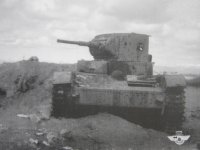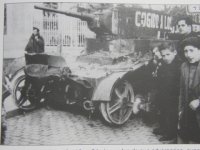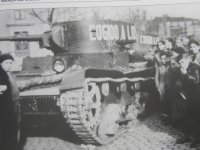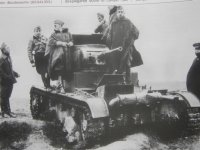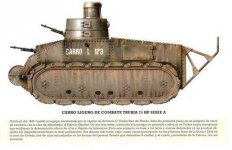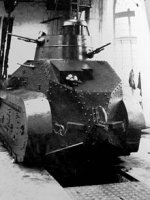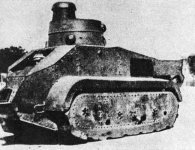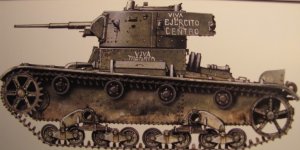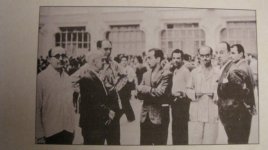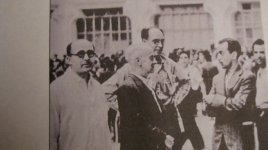jazzeum
Four Star General
- Joined
- Apr 23, 2005
- Messages
- 38,382
One of the key events leading up to the Civil War was the attempted revolution in Asturias in 1934. Following the loss of the Government parties in the 1933 elections, several unions and parties of the left called for a general strike, which didn't generally succeed. However, in Asturias, the miners pressed forward with the strike and took over several towns and attacked the police forces. The Government called in the Army to restore order, which was done brutally, by the general in charge, General Francisco Franco. Thousands of miners were killed and over 35,000 taken prisoner.
Here are some photos from the uprising in 1934. The last photo shows the Civil Guard (with the three corner hats) taking away some of the defeated miners.
Here are some photos from the uprising in 1934. The last photo shows the Civil Guard (with the three corner hats) taking away some of the defeated miners.


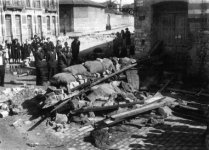
![2950994653_63ab3cabd1[1].jpg](/data/attachments/42/42438-d9e458ce3ad83e824ad85b4fea6224b4.jpg)
![14[1].jpg](/data/attachments/42/42439-4a8e9b6ddc2262099f5b9af01c97e61b.jpg)
![44[1].jpg](/data/attachments/42/42440-aa5d9b58e03e24f7e6f6cb56d5a1df42.jpg)
![20070712klphishes_217.Ies.LCO[1].jpg](/data/attachments/42/42441-1a83d4a19302a180e4090b152c70eef1.jpg)
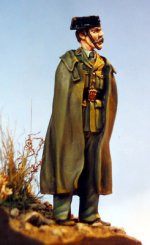
![guardia-civil[1].jpg](/data/attachments/42/42463-fd96a09d0eeb1b1567470e206b71c56b.jpg)
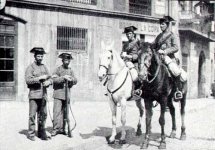
![CASAS[1].jpg](/data/attachments/42/42465-ddaa978ff46183ae65e20c6231cebaec.jpg)
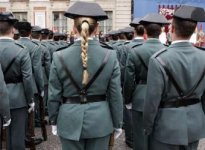
![fascist_T26[1].jpg](/data/attachments/42/42522-fc2246b1122a968d21fc8794885370e3.jpg)
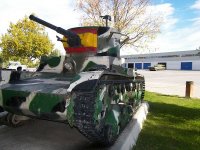
![T-26tankinSpain[1].jpg](/data/attachments/42/42530-193a4f51ccfd423fec3cd4a916e51b47.jpg)
